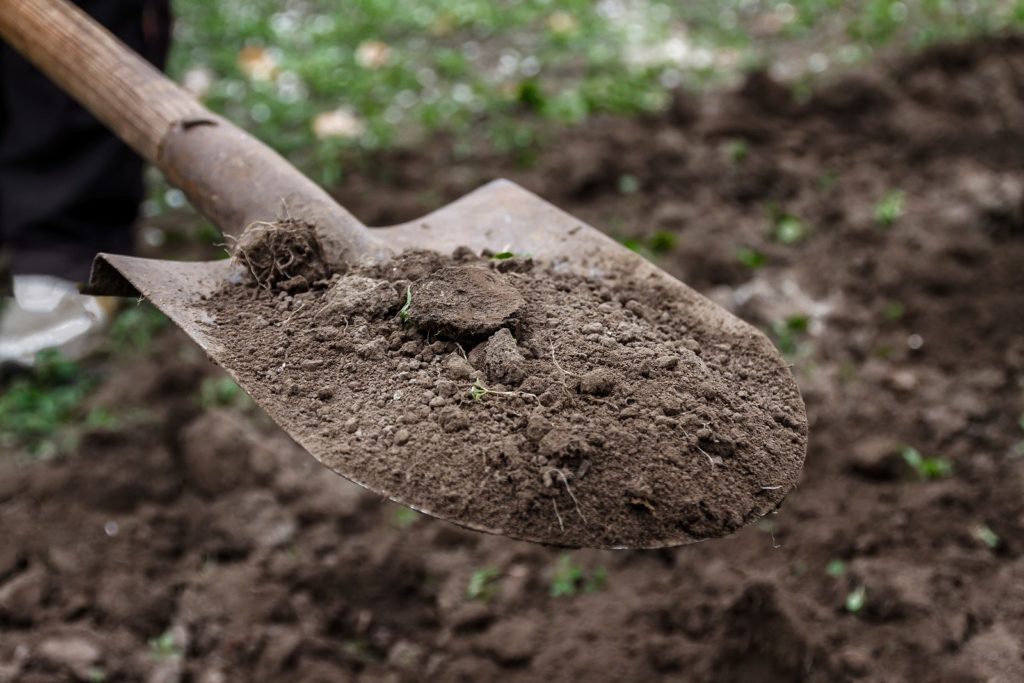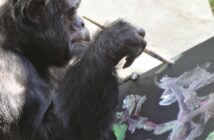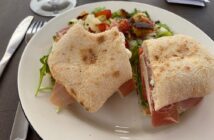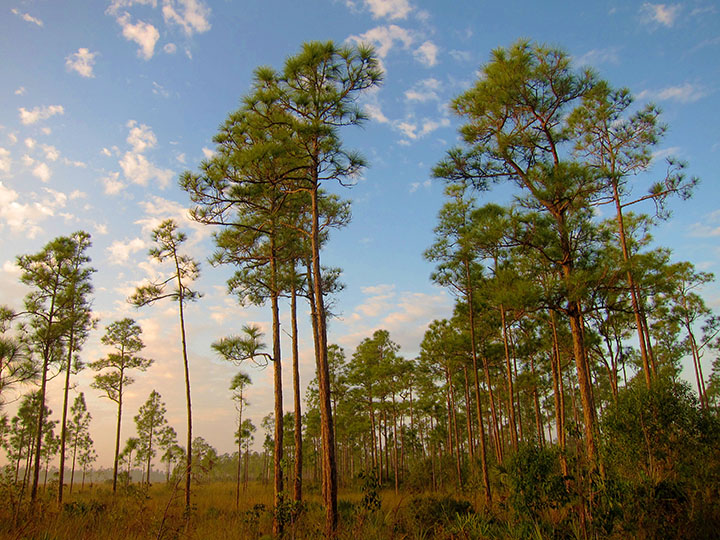
Looking at the concrete and high-rises of Miami today it may be difficult to picture what the early pioneers saw when they first considered their new surroundings upon their arrival in the mid-nineteenth century. Here, they found a land dense with old-growth pine trees soaring 100 feet into the bright blue sky. The understory was festooned with a large variety of trees, bushes, plants, and vines; the area was thick with game.
Slash pine grows throughout Florida and other southern states. Slash pine (Pinus elliotti) got its common name from the practice of slashing the bark to collect the resin that would be manufactured as turpentine and rosin. This type of pine continues to be farmed for use in the paper (pulp) industry. Pinelands once dominated the oolitic limestone ridge (Atlantic Coastal Ridge). In the southernmost portion of the ridge, the cities of Miami and Fort Lauderdale were established. Some elevations along the ridge reach 20 feet above sea level and were likely attractive to settlers. The type of pine that once thrived in great numbers in these areas was a denser and termite resistant variety named Dade County pine (Pinus elliotti var. densa). The Pine Rockland habitat is marked by Dade pines growing in the holes and cavities of the oolitic limestone ridge.
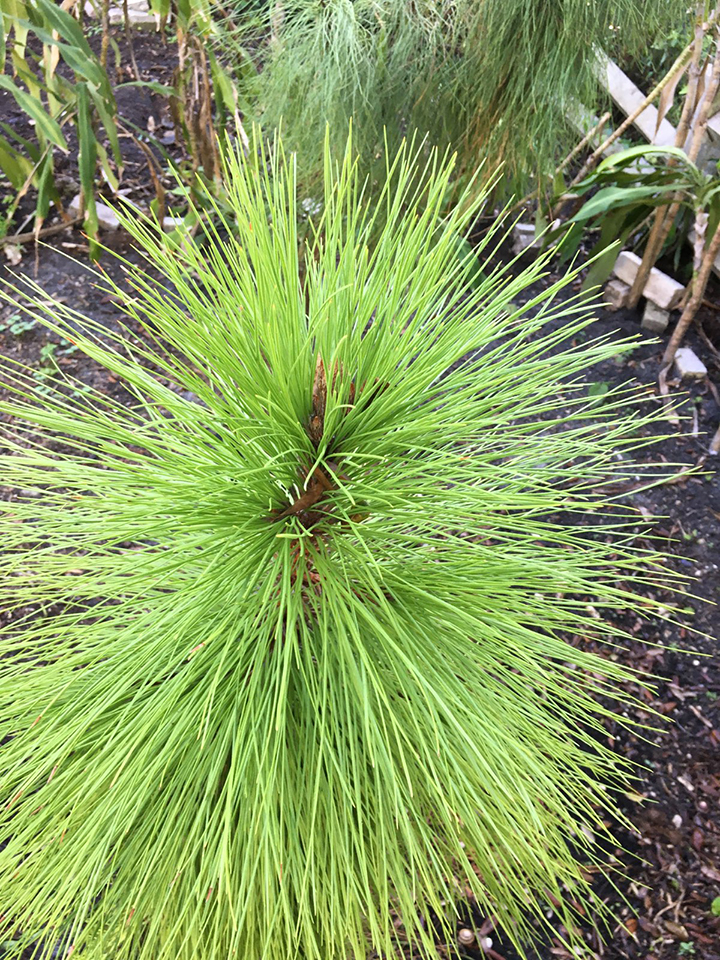
Southeast Florida pioneers quickly discovered the benefits of the Dade County pine: located on higher and drier ground; a source of shade, a source of building material, and able to withstand rot and termites. The one drawback to lumber hewn from Dade pine was how difficult it was to hammer a nail into it. The Dade pine they first encountered was old growth trees, at least 100 years or more which allowed the trees to store large amounts of resin making their wood harder than most pine trees.
Essential to the balance of the Dade County pine’s habitat is the element of fire. Pine Rockland environments require periodic fires to keep the amount of understory plants in check. Without fire, hardwood trees, such as Live oak (Quercus virginia) and other understory vegetation can begin to take over the habitat, out-competing the Dade pine and actually changing the ecosystem from Pine Rockland to Hardwood Hammock.
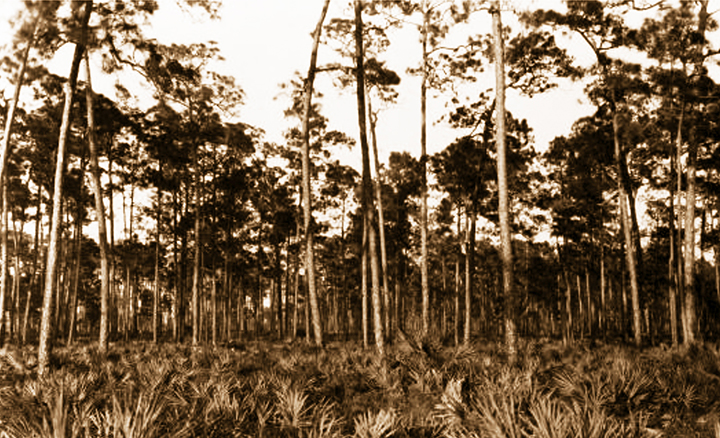
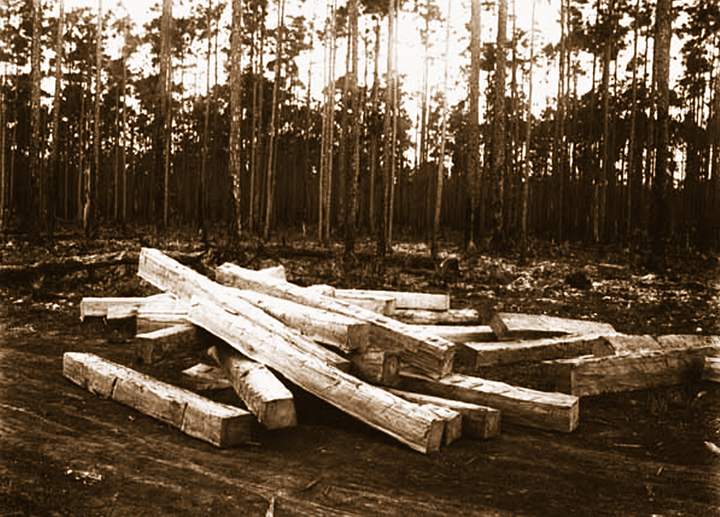
No longer relying on fire caused by lightning, places such as the Everglades National Park, schedule controlled burns to maintain the balance of the pinelands. If no burning takes places for about 20 years, a Pine Rockland can be completely overrun and changed into a Hardwood Hammock habitat. One place to see this transition is at A.D. “Doug” Barnes Park. This County-run facility is faced with the dilemma of conducting a controlled burn in a park surrounded by dense urban neighborhoods in order to save the park’s Pine Rockland.
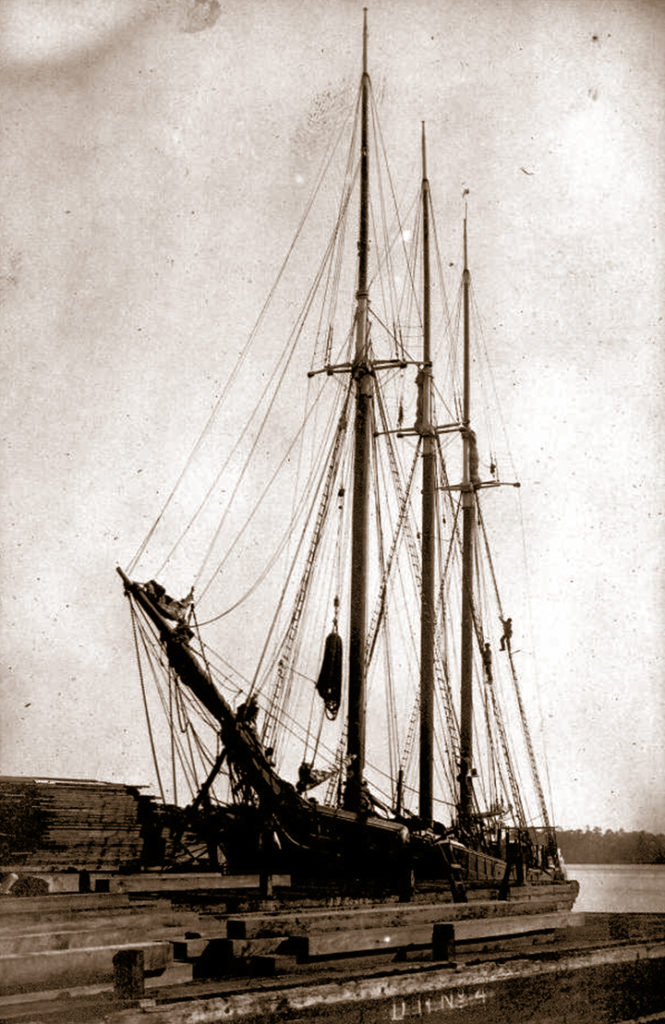
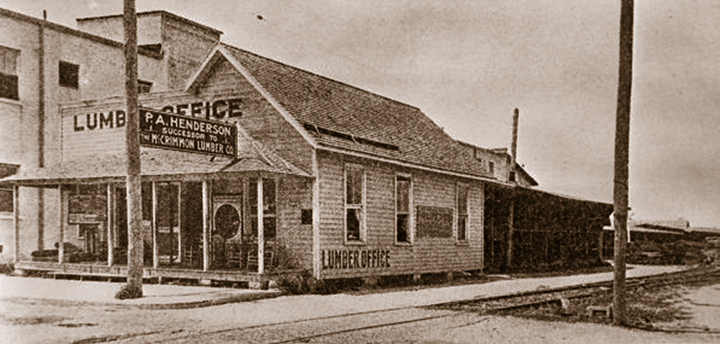
Once Florida’s lumber industry prospered throughout the state and Dade County was no exception. Dade County Pine was important to the success of Miami’s industrial and residential growth during the building boom of the 1920s and to the economic prosperity that came with the sale of lumber. Unfortunately, the tree’s special properties contributed to its over-harvesting and threat of extinction. The abundant Pine Rocklands that once spread over 185,000 acres of Miami-Dade County were virtually decimated by 1996, with only two percent of the forest remaining.
The first documented timber company in the newly established City of Miami was the L.C. Oliver Lumber Company in 1896. Lumber companies began to flourish in the area and by 1917 there were 15 mills in the county with a daily output of 125,000 board feet of lumber. About 95 percent of the lumber milled in the county was used locally and the remaining went by ship to Nassau and Cuba. Lumbermen were among those who settled in the Town of Larkins (later the City of South Miami) and at least one lumber mill was located in or near Larkins.
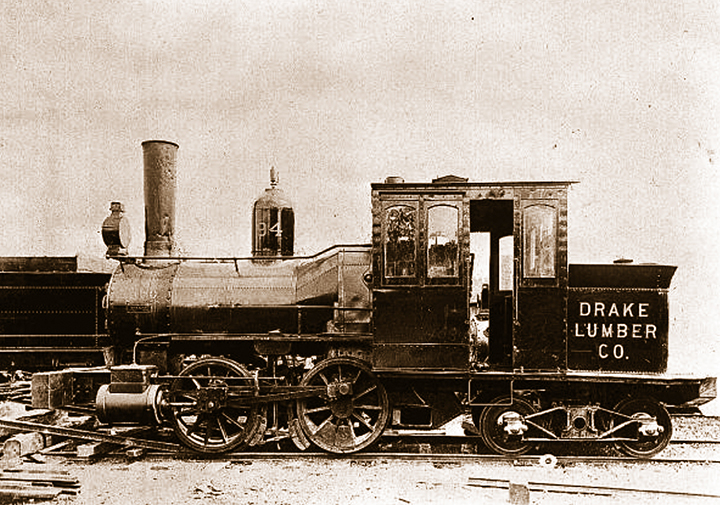

One prominent company was Gaston Drake’s sawmill, established about 20 miles south of Miami in Princeton–a town Drake named for his alma mater. The Drake Lumber Company built homes for their 150 employees along Flagler’s new Florida East Coast Railway. The company was the main source for lumber for Flagler’s railroad and for clients from Palm Beach to Key West, and Cuba. The mill at Princeton cut one million board feet of Dade County pine a month. Drake had a railroad line built to transport the logs to the mill over a 20-mile stretch. It took less than 20 years to cut out all the original pine forest. Having exhausted the supply, Drake moved to Palm Beach County in 1923.
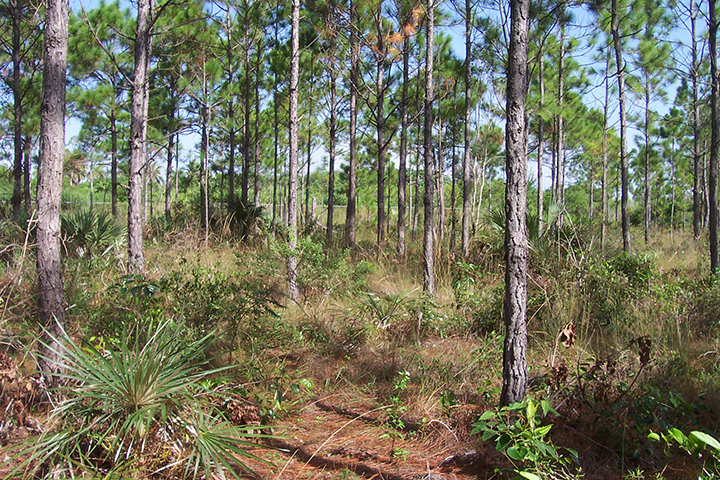
Dade County pine can be found in the Everglades National Park, A.D. “Doug” Barnes Park, Larry and Penny Thompson Park near ZOOMiami, the Deering Estate, and Tropical Park. As stewards of southeast Florida’s unique environment re-establish, protect and maintain habitats such as Pine Rocklands, it will be necessary to safeguard what remains of the old-growth Dade County pine and to continue to plant the tree that once dominated the land.
Donna Shelley
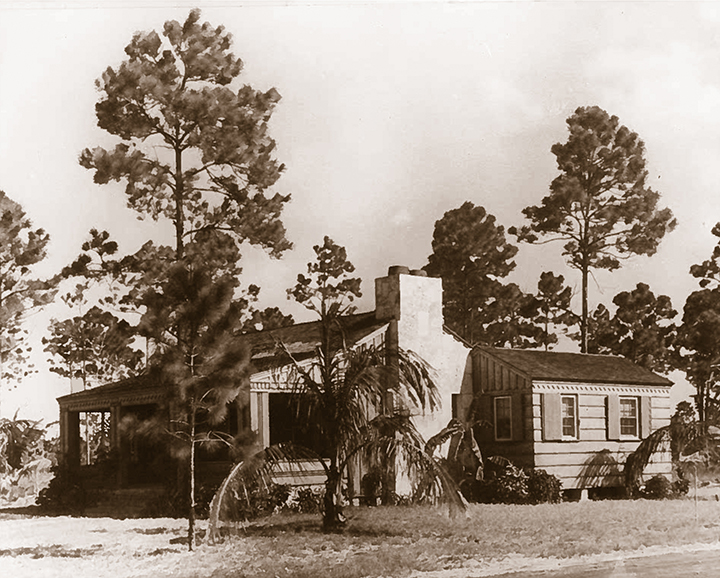
The Doc Thomas House at 5530 Sunset Drive, as it appeared in the 1920s. The unassumingly rustic house is situated on 2.2 acres of green space comprised of pine rockland and tropical hardwood hammock. Doc Thomas was keen to maintain the natural pine rockland and tropical hardwood hammock that surrounded his home. The house was featured on the cover of The Lumberman’s Journal in June 1932 and the House & Garden Building Bulletin in 1936.
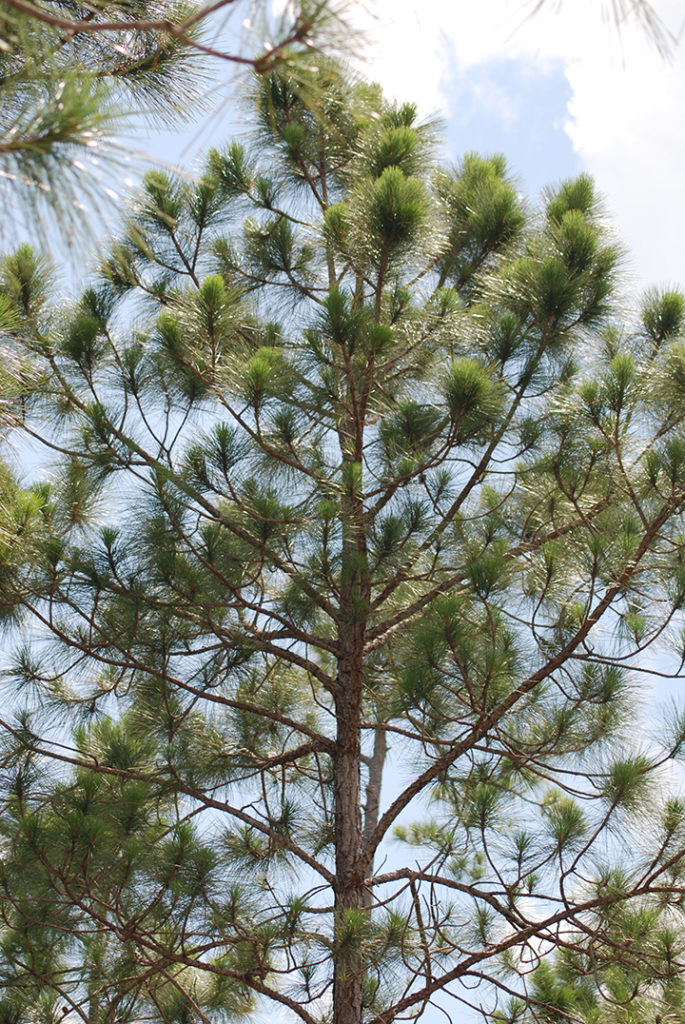
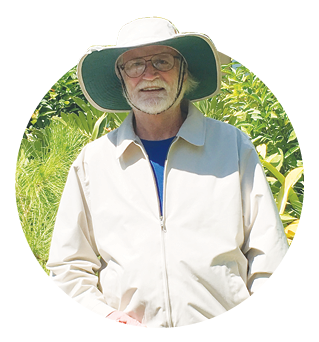
Bob Welsh, a resident and elected official in South Miami, is, among other things, known for his efforts to plant trees. His particular interests have been the Virginia Live Oak and the Dade County Pine. With shovel in hand, he populates the landscape with trees – a veritable “Johnny Appleseed” of South Florida. He speaks at elementary and middle schools and involves the students in learning more about the importance of trees.
-Jes
